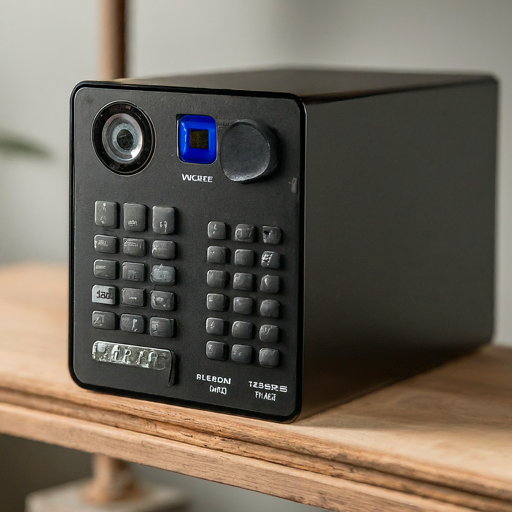Uncovering IoT Vulnerabilities: Highlights from the Bitdefender-Netgear 2024 Threat Report
The Rise of the Internet of Things (IoT)
- The IoT refers to the interconnection of everyday devices with the internet, enabling them to collect and exchange data.
- Smart homes are a prime example of IoT, with devices like thermostats, cameras, and appliances connected to a network.
- The convenience and automation offered by IoT devices come with security risks.
Alarming Statistics: IoT Security Threats
- The Bitdefender-Netgear report reveals a significant rise in IoT attacks.
- In 2024, Bitdefender’s smart home security solutions blocked an average of 2.5 million threats every 24 hours.
- Nearly all attacks (99.3%) exploited previously identified vulnerabilities (CVEs).
>>Bitdefender is the Top Overall Antivirus Software. Get Your Bitdefender Total Protection Now!
The Bitdefender-Netgear 2024 Threat Report paints a concerning picture of the IoT security landscape. The report highlights a sharp increase in the number of attacks targeting IoT devices. In 24 hours, Bitdefender security solutions blocked millions of threats, emphasizing the constant barrage of attacks these devices face. What’s even more alarming is that nearly all these attacks exploited known vulnerabilities, indicating a lack of patching and updating by device manufacturers and users.
Most Vulnerable IoT Devices
- The report identifies televisions, smart plugs, and digital video recorders (DVRs) as the most vulnerable devices.
- These devices often lack robust security features and may have outdated firmware.
- Hackers can exploit these vulnerabilities to gain access to your network, steal data, or launch further attacks.
The report highlights specific types of IoT devices that are particularly susceptible to attacks. Televisions, smart plugs, and DVRs are pinpointed as the most vulnerable due to a lack of robust security features and potentially outdated firmware. These weaknesses create openings for hackers to infiltrate your network, steal sensitive data, or use the compromised devices to launch further attacks on your smart home ecosystem.
Common Attack Vectors
- Malware: Malicious software can infect IoT devices, allowing hackers to steal data or disrupt operations.
- Phishing attacks: Deceptive emails or websites can trick users into revealing login credentials or downloading malware.
- Botnets: Large networks of compromised devices can be used to launch DDoS attacks or spam campaigns.
- Zero-day attacks: These exploit previously unknown vulnerabilities, making them difficult to defend against.
Hackers have a variety of methods at their disposal to exploit vulnerabilities in IoT devices. Malicious software, often delivered through phishing attacks, can infect devices and steal data or disrupt operations. Botnets, networks of compromised devices, can be used to launch large-scale attacks, overwhelming systems or flooding them with spam. Zero-day attacks pose a significant threat as they exploit vulnerabilities before a patch is available, making them difficult to defend against




